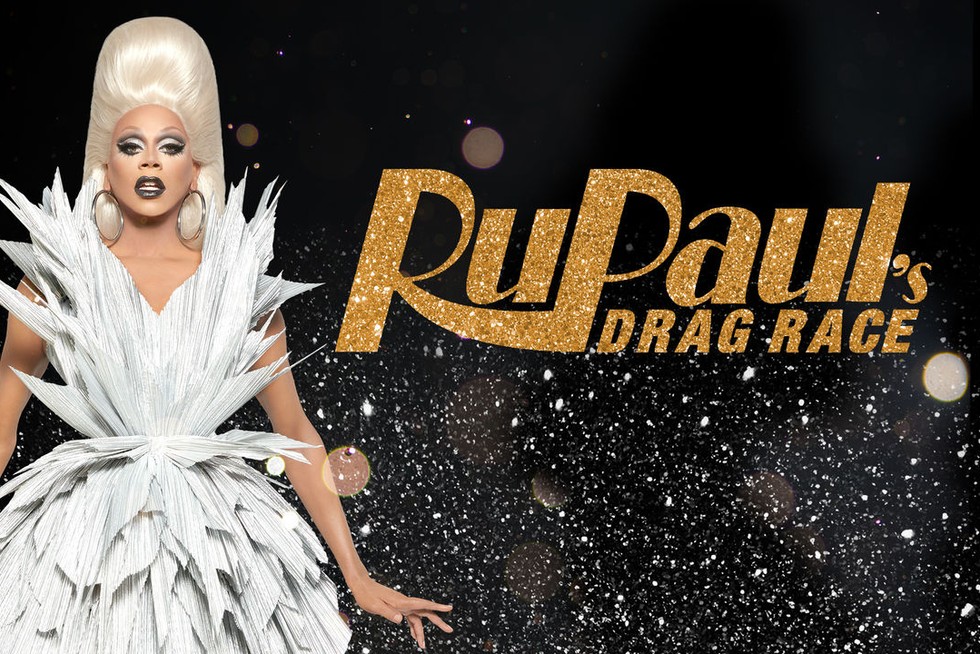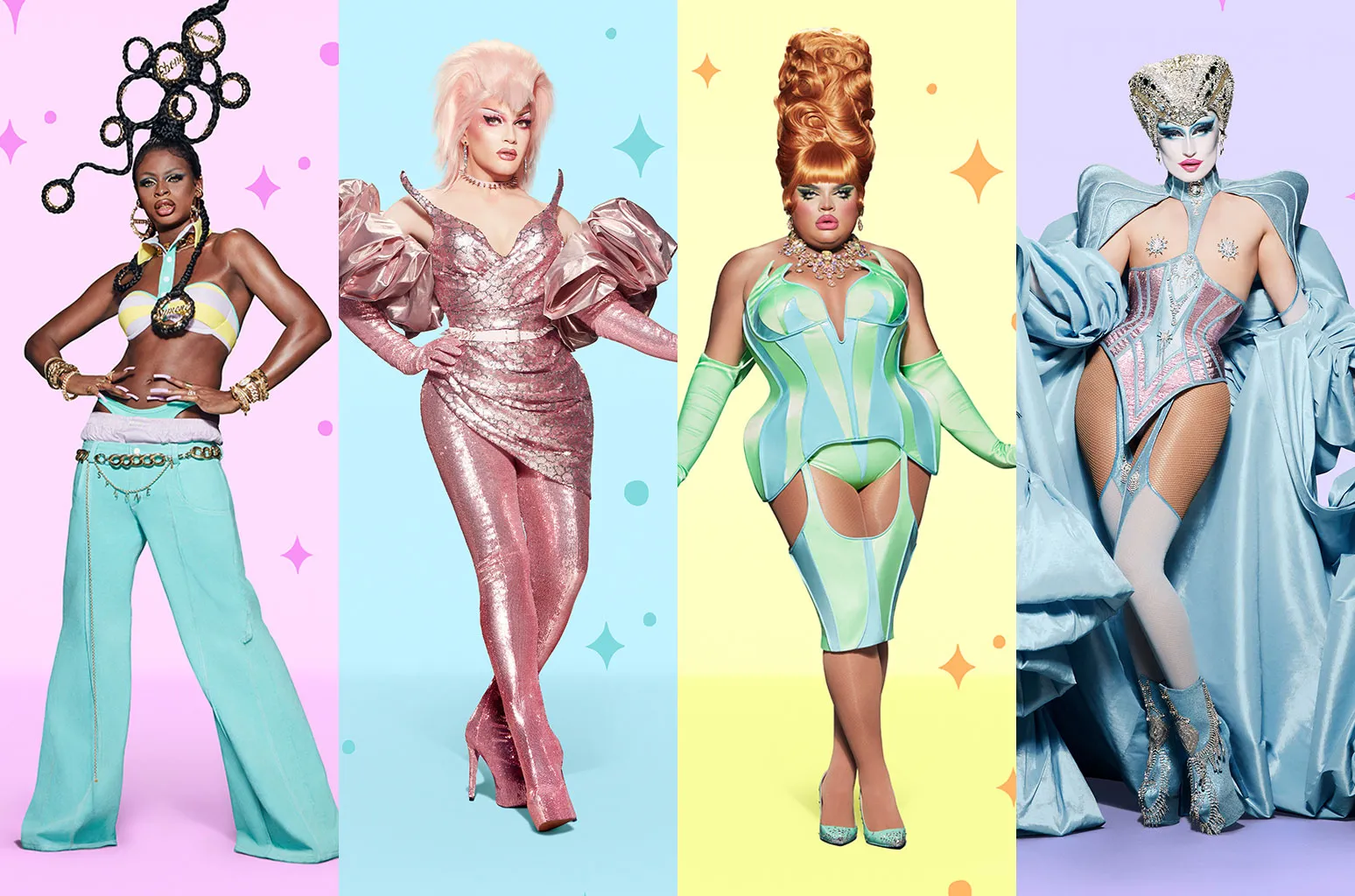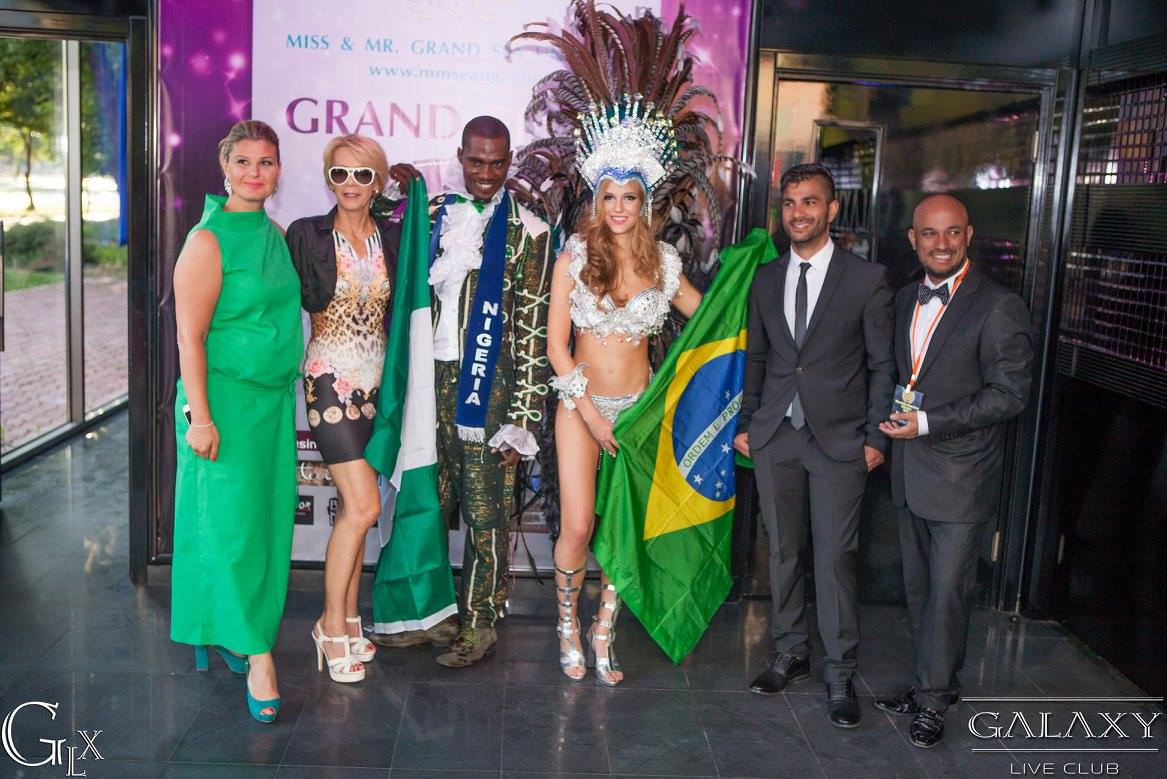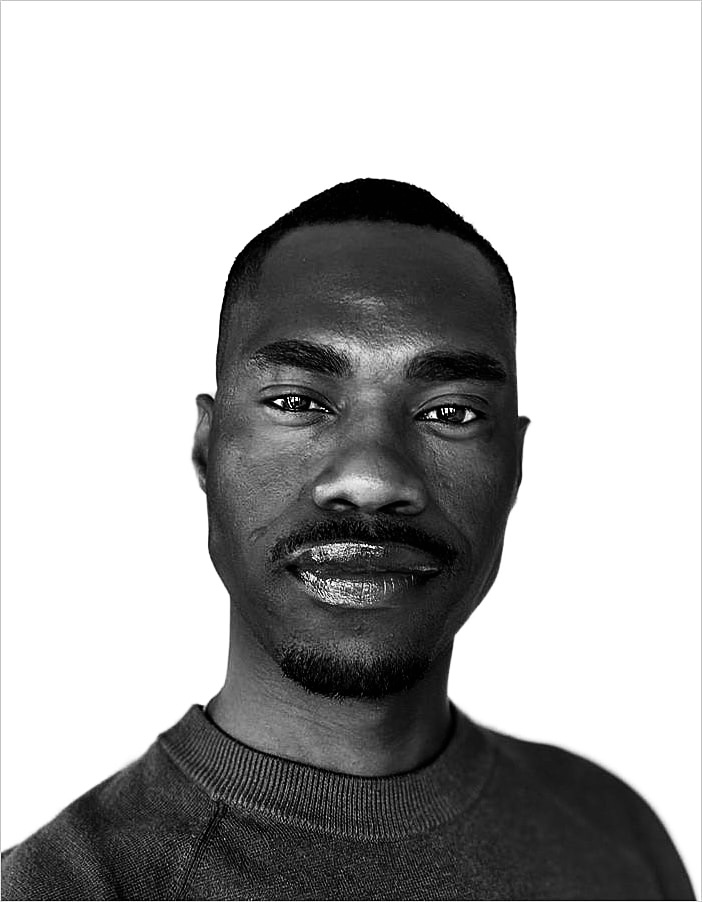Beyond sequins and lip-syncs, RuPaul’s Drag Race is a masterclass in intelligence — emotional, creative, and systemic. Through it, we learn that performance is not deception; it is design — the architecture of selfhood.

The world calls it entertainment, yet RuPaul’s Drag Race is a living university of identity. It teaches adaptation, self-authorship, and emotional literacy — qualities once reserved for philosophers and designers. Each episode is an experiment in applied intelligence: how humans transform vulnerability into vision.

Having lived my own pageant journey — representing Nigeria on global stages such as Mister Grand Sea Universe and Mister Global Nigeria, earning honours for Best Model of the Year, Best National Costume, and Best Face of the World — I recognise the deeper architecture of performance. Pageantry, when examined through design logic, is not vanity. It is human prototyping.
And no cultural artefact demonstrates that better than RuPaul’s Drag Race.
To design identity is to design meaning. Drag, at its essence, is the conscious act of constructing selfhood — blending art, philosophy, psychology, and social commentary.
RuPaul Charles built more than a show; he built a laboratory for human-centred design. In this lab, gender is interface, not cage; creativity is cognition, not chaos. Every contestant — from Jinkx Monsoon to Keiona, from Raja to Lawrence Chaney — performs a doctoral thesis in self-invention.
Each look, each performance, is data. It asks: Who are we when we are free to design ourselves?
Modern society often equates intelligence with analysis. But Drag Race reveals a broader spectrum:

When Michelle Visage critiques proportions or when RuPaul asks, “Who are you beyond the drag?”, they are not evaluating costume — they are measuring coherence: how truth translates through artifice.
True intelligence, as the show teaches, is not about answers; it is about alignment between intent and impact.
Transformation is not disguise. It is disclosure. Each contestant’s metamorphosis mirrors human evolution itself — survival through adaptation, innovation through empathy.
Drag Race contestants embody the principle of applied adaptability: using constraint as canvas. Much like biomimicry in design or sustainability in architecture, they turn limitation into language.
Keiona’s Parisian elegance, Jinkx Monsoon’s narrative intelligence, and Raja’s regal restraint all teach a singular lesson: style, when intentional, is strategy.

When I stood on the world stage representing Nigeria, pageantry taught me the mathematics of grace — posture as geometry, presence as architecture. It was performance as diplomacy, not ego.
Likewise, Drag Race transcends competition. It functions as a social operating system — reflecting how diversity, authenticity, and collaboration produce collective brilliance.
In traditional pageants, contestants are measured by conformity. In Drag Race, by contrast, contestants are rewarded for coherence — the integration of body, intellect, and soul. It is a post-modern meritocracy of meaning.
To understand drag is to understand divinity in duality. African spirituality offers a mirror in Mami Wata, goddess of transformation, sensuality, and wisdom. She embodies multiplicity — the coexistence of masculine and feminine, fluid and fierce, mortal and mythic.
Drag artists channel this same energy. Their art invokes ancestral intelligence — what I call neo-naturalism of the spirit. They are architects of aesthetic consciousness, merging ancient archetypes with digital modernity.

If artificial intelligence teaches machines to imitate humans, then drag teaches humans to understand themselves. It reveals intelligence not as IQ, but as empathic literacy — the ability to transform pain into art, constraint into charisma.
RuPaul’s recurring mantra — “If you can’t love yourself, how in the hell you gonna love somebody else?” — is not mere slogan. It is a universal theorem of sustainable humanity.
In systems-design terms, self-love is regenerative energy. It prevents collapse. It enables adaptation. It builds coherence.
The future will not belong to those who build faster algorithms, but to those who build deeper awareness. Drag Race models that awareness in action — intelligence as kindness, creativity as cognition, performance as pedagogy.
We are entering an age where humans must design themselves as consciously as they design technology. Drag offers the blueprint: be bold, be self-authored, and design for joy.

The global evolution of drag finds one of its purest embodiments in Mami Watta, the breakout star of Drag Race France All Stars. Her artistry bridges Ivorian and French tradition with futuristic pragmatism — a luminous synthesis of ancestral form and post-modern fluency.
Mami Watta is a couture philosopher: her silhouettes meditate on power, femininity, and rebirth. Every hemline carries heritage; every gesture, design logic. She reminds us that true fashion is not performance — it is cultural negotiation.
In her hands, silk becomes syntax and identity becomes architecture. Mami Watta embodies French and Ivorian pragmatism — an aesthetic of precision, poise, and profound self-knowledge.
In its glitter, satire, and beauty, RuPaul’s Drag Race hides a profound truth — it is the most intelligent pageant ever conceived.
It teaches the physics of presence, the ethics of authenticity, and the psychology of love. It reveals that intelligence is not dominance but design — the capacity to re-imagine self and world with empathy and purpose.
As one who has worn the sash and walked the stage, I can attest: the real crown is consciousness.

Why do these matter?
Because intelligence is not geographic — it is generational.
From Lagos to London, from Manila to Manchester, from France Drag Race’s Mami Watta to RuPaul’s Drag Race’s Keiona and Raja, humanity keeps redesigning itself through courage made visible.
These artists — and the movements they inspire — remind us that civilisation’s most sustainable material is self-knowledge woven with empathy.
That is why these matter.
Because beauty, when made intelligent, becomes design.
And intelligence, when made compassionate, becomes art.

Kelly Dowd, MBA, MA, is an Innovation Designer and Systems Architect, Author of ‘The Power of HANDS’, and Editor-in-Chief of Why These Matter — WTM MEDIA. A former international pageant titleholder and design strategist, Dowd explores the intersections of culture, identity, and intelligence — merging design thinking with human-centred philosophy to advance a more conscious civilisation.

Elon Musk’s $56 billion pay package, restored by Tesla shareholders after court challenges, made global headlines. But beneath the spectacle lies a deeper design flaw: the hero economy. In worshipping visionaries, capitalism has built cathedrals without conscience.

The U.S. Supreme Court’s reinstatement of restrictions on gender-inclusive passports has reignited a quiet crisis of belonging. It is not simply about travel. It is about who decides the architecture of identity—and whether selfhood must pass through permission.

A U.S. federal judge’s ruling to compel the reinstatement of food aid funding is more than a legal victory — it is a moral reckoning. Hunger, as this decision reveals, is never a natural disaster. It is a policy design flaw.